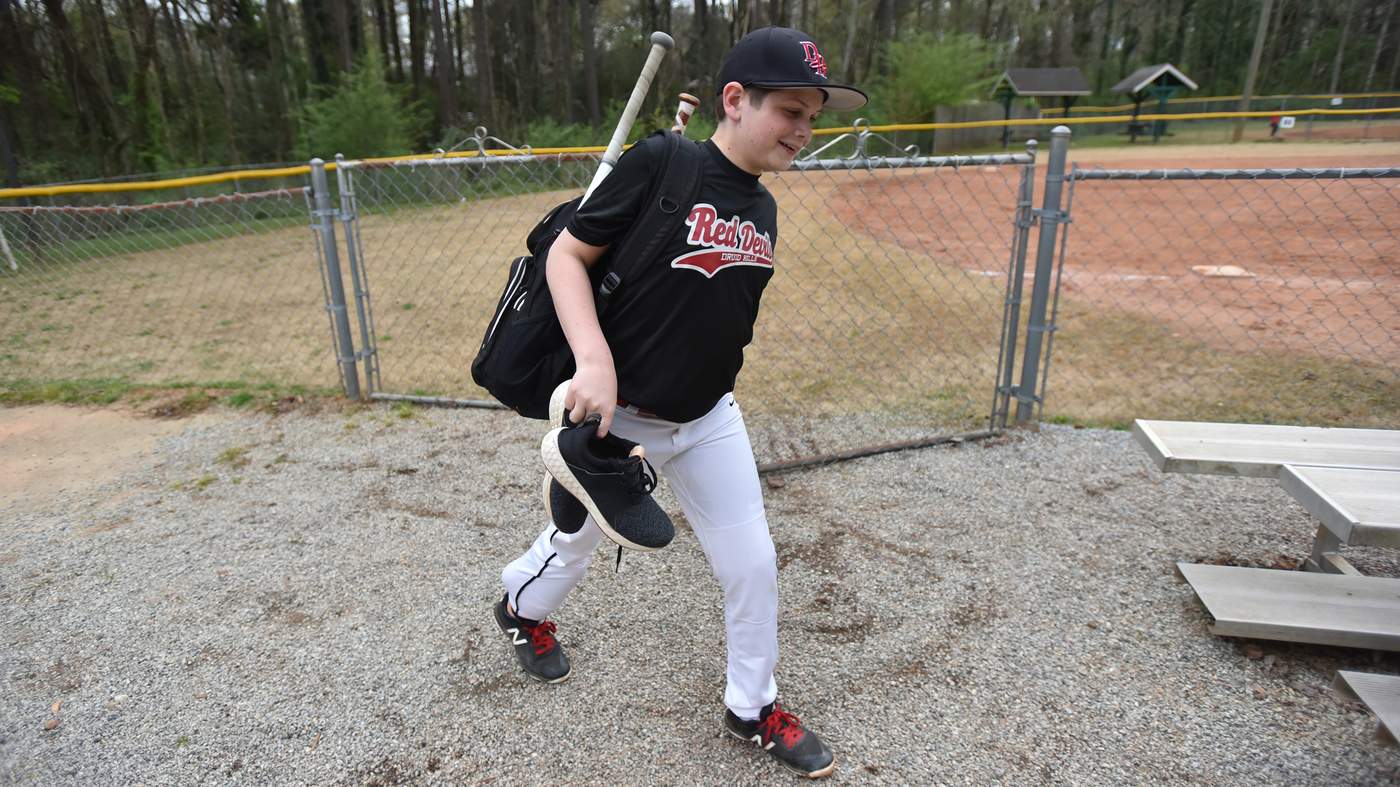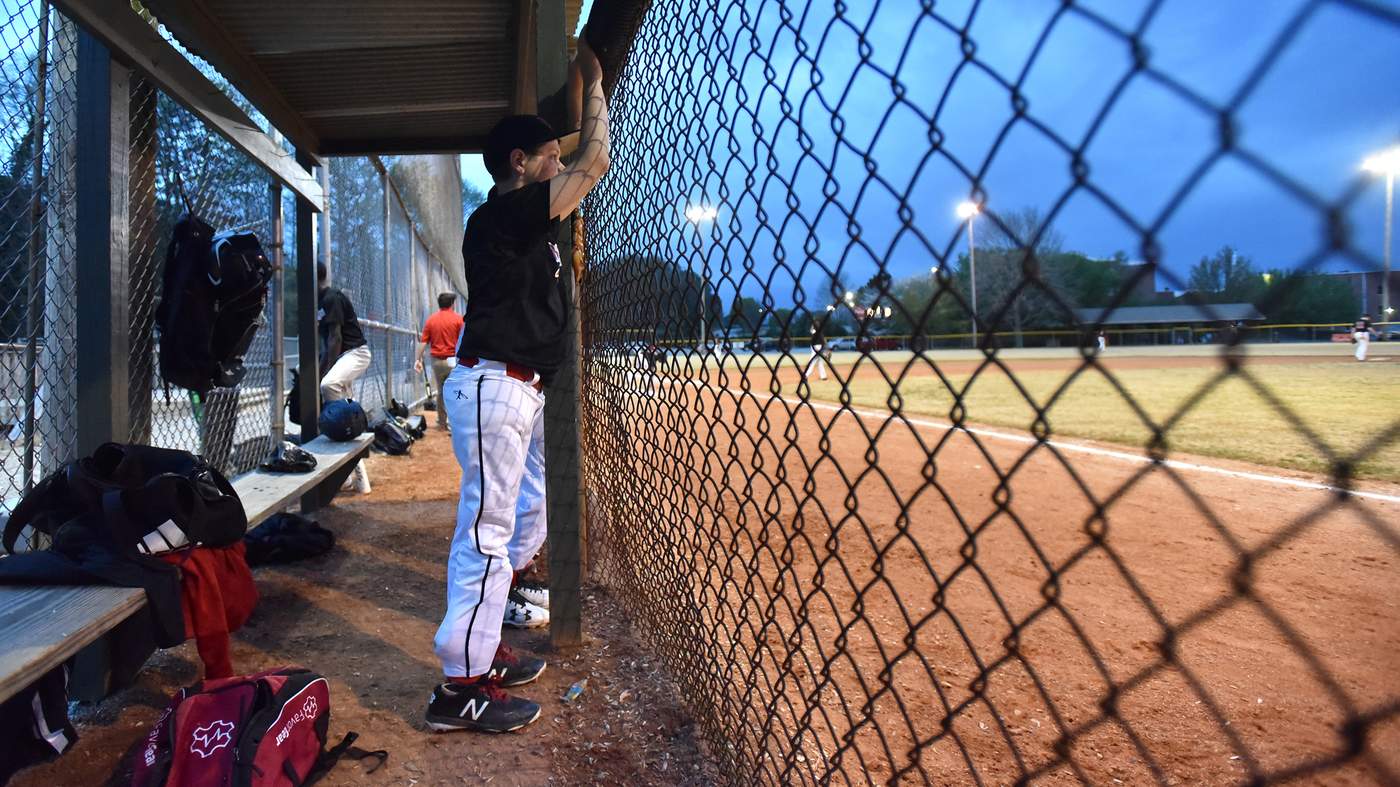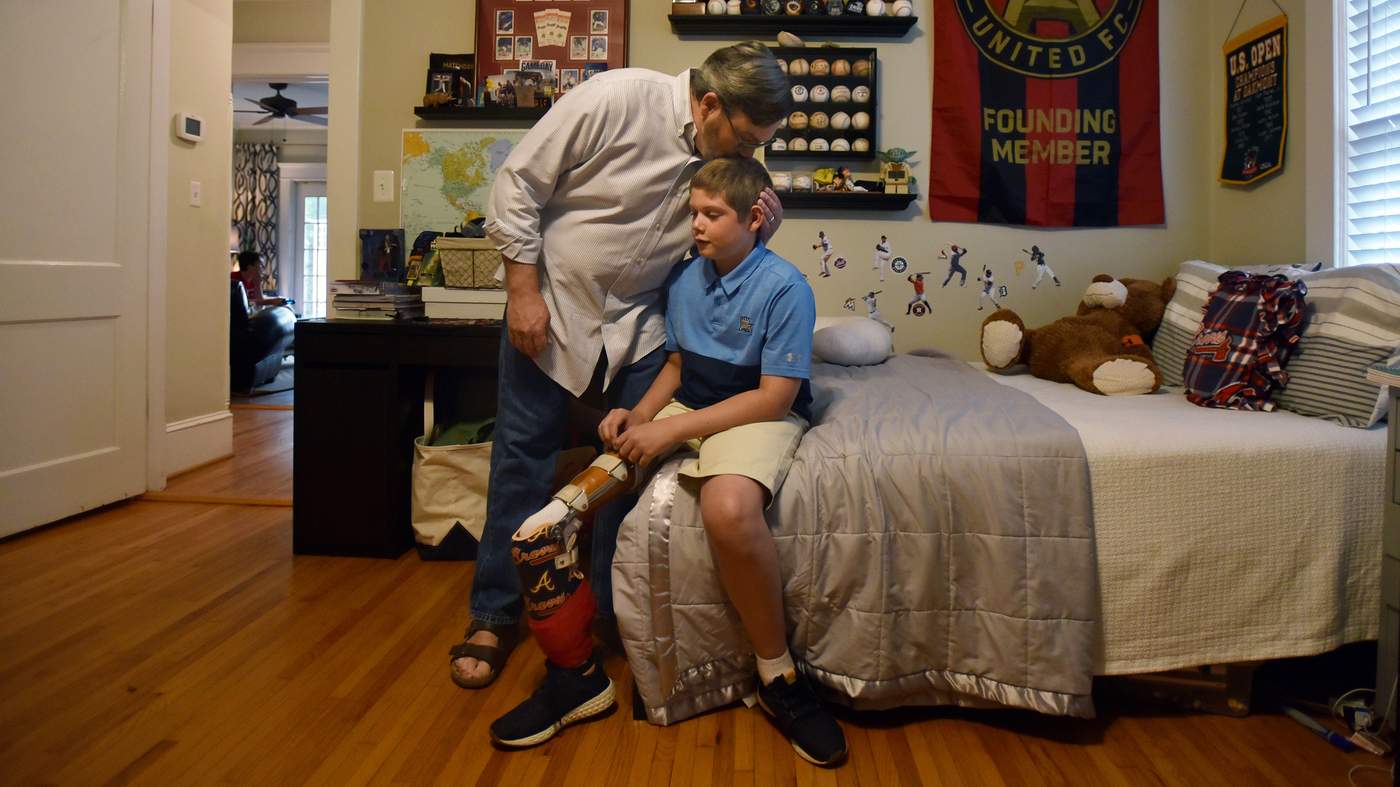6
A winner, either way
Baseball mounds may be haunted. Ask anyone who has stood on one and felt the spirits of past exploits hovering. They include ghosts of heroes and failures, those who’ve heard the roar of fans or felt their eyes on the long walk back to the dugout. Baseball hands out glory and cruelty in equal amounts. Jude knows that.
And yet he showed no fear one day last month as he walked to the mound at field No. 6. The kids in the home dugout, from Paideia School, watched. They took in his slight hitch, the way he stepped off the mound to give his pitch more oomph.
In a series of pitches, augmented by superb fielding, Jude allowed one run. At the end of the first inning, he walked back to applause nearly as thunderous as that which greeted him two months earlier.
A guy leaning against a light pole: Way to go, Jude!
A mom cuddling a younger sibling: Way to pitch!
His mother, sitting in a folding chair and trying to ignore the wind: a smile.
The Red Devils romped in that first inning. The boys in red walked, hit and stole their way into six runs.
By the time Jude took the mound in the second inning, night had come — with it, too, the fates.
No. 9 struggled with control. He walked the first batter. Things looked better with batter No. 2 — but only for a moment. Ping! The metal bat sang. A hard grounder, straight back to the pitcher.
He fielded the hit, pivoting to throw to catch the runner advancing to second. But his balance was off; a prosthetic’s just not as flexible as a real human leg. Jude settled for the easy play — a quick throw to first. Runner out.
It was a quiet reminder of baseball’s inequities — as well as life’s. Neither is always fair. A little more than a year ago, the kid could have turned that play, easy.
Paideia battled back with a series of quick grounders and line drives. When the Pythons cut the lead to 1, the Red Devils’ coaches conferred, and agreed: It was time for another pitcher. Jude handed the ball to a teammate and turned to leave that loneliest place.
A roar rose into the cold air. It overwhelmed everything — the lights, the night beyond, even the dropping temperatures.
Jude’s replacement strode to the mound. His face had the sort of expression a soldier wears while waiting for the enemy to shoot. He found a seat on the end of the bench. He plopped down. He was as lively as a cinder block.
“He won’t say a word,” Gretchen said. “And then something will happen and he’ll be standing up and cheering again.”
A couple of plays later a Red Devils outfielder caught a towering fly, ending the inning with the score tied 6-6. The Red Devils hopped and cheered.
Among them a kid with a slight hitch in his stride. No. 9.
Maybe he wasn’t in such a lonely place. Perhaps he never had been.
ABOUT THE STORY
A cancer diagnosis is traumatic, any way you look at it. And it seems especially tragic in a child. But thanks to the miracles of modern medicine, the outlook isn’t always as bleak as it once was. Jude Hiley is an example of how medical and technological advances, along with a can-do spirit, can sometimes make a difficult situation better. This is a story about powering through challenging circumstances and embracing the new normal.
Suzanne Van Atten
Personal Journeys editor
personaljourneys@ajc.com

ABOUT THE REPORTER
Mark Davis of Atlanta is a former writer for the Atlanta Journal-Constitution. He’s also a baseball dad, with two sons active in the game. When he heard earlier this year about a boy who had returned to baseball after losing part of a leg to cancer, he knew it was a story that should be shared. “Heroes come in all sizes and ages,” he said. “Jude Hiley is proof.”
ABOUT THE PHOTOGRAPHER
Hyosub Shin was born and raised in South Korea. Inspired by the work of National Geographic photographers, he came to the United States to study photography and joined the AJC photo staff in 2007. He graduated from Rochester Institute of Technology with a BS in advertising photography and Ohio University with an MA in photojournalism. He also served as a military photographer for nearly two years in South Korea. Past assignments include Super Bowl LI, the inauguration of Donald Trump, and the Brian Nichols trial.









Please confirm the information below before signing in.